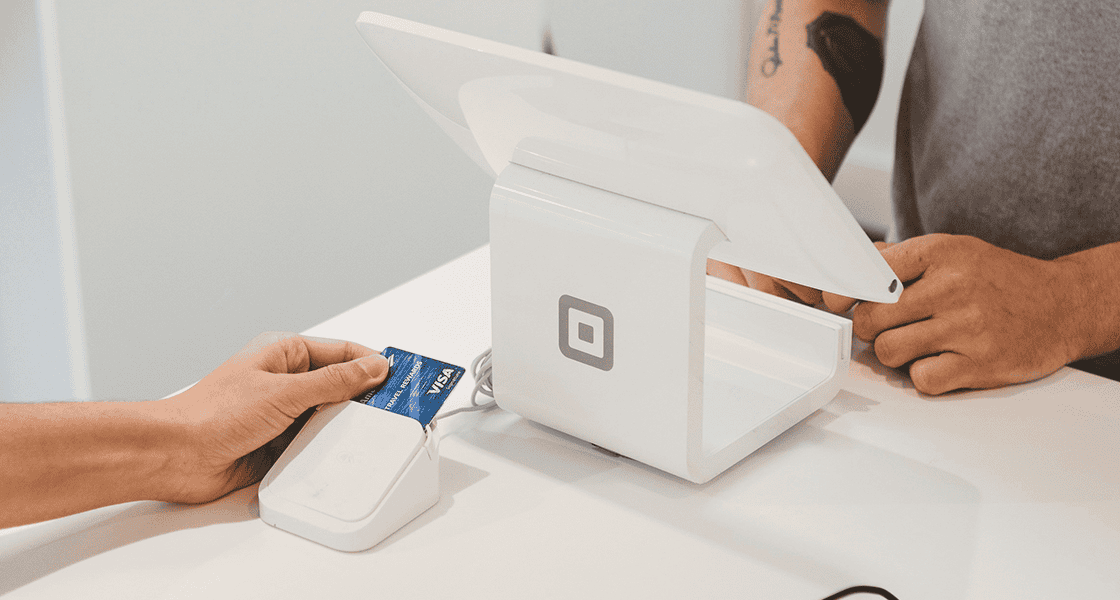Retail & Distribution
Top 10 best practices for effective store communication
2 August 2018

1.) Centralise store communications
Assign one person, or team, to oversee all store communications. Departments must communicate with stores through this contact. This person will ensure that all communications are sent at the right time and in the correct format. They will manage requests, create a schedule and organise communications according to priority and urgency.
2.) ‘Cut-down’ on store communications
It’s not just about who is sending the communications, but how often they’re being sent. Store comms rely on high quality, low frequency contact. This contact includes emails, video, reports and financial figures. Only send comms that are business critical or helpful to your stores. Consider these questions before sending any communication.
- Is it relevant to the store team?
- Is it concise?
- Will it help my store team to improve sales, customer service and brand awareness?
Compile news and updates in a weekly newsletter. Having one easy to digest document will reduce the number of complicated email chains and increase readership.
3.) Make your communications accessible
If you’re going to spend time creating good quality communications, then you want to ensure your efforts don’t go to waste. Your store teams need to be able to easily access comms so they can be on the sales floor.
How do your stores receive communications? Do they access them on the back office PC? Are printouts pinned to a staff board?
In this digital age the ideal scenario is one where store teams have the ability to access head office communications on mobile devices, such as in-store tablets and smartphones, or on the POS system.
Naturally, accessibility and the format options you’re able to choose from when creating communications, such as PDF, video, ePub, etc. will depend heavily on the technology that you have available in store. That said effective store communications can, and we say should, be considered a significant enough strategic advantage to influence a decision in investing in appropriate store technology. Certainly communication policy and accessibility should be factored into any decision-making around store and POS technology.
5.) Put yourself in the Store Manager’s shoes
When creating, scheduling and sending store communication, step into the shoes of a busy store manager. They will be your main point of contact for communications, so it’s important to be empathetic towards them and try to understand their role and their day to day challenges. Make this part of your company culture.
6.) Talk to your store team as if they are a customer
If your store teams are required to be the face and voice of your brand then you’d do well to use every opportunity when communicating with them to reinforce your brand – what better opportunity than the regular flow of store communication? A little effort in design and layout, using branded templates, corporate font, images etc. can go a long way in driving home the value that you place on your brand.
The content is what is most important but don’t forget the design and tone. If you’re a friendly, happy and approachable brand then you should try as much as is practical and appropriate to use such tone in your communication with your store teams. If yours is a brand that places extreme importance on visual impact in your marketing campaigns then your internal communication (again as much as is possible and practical) should be visually impactful. At the very least communication should be branded and you should strive to use templates for consistency.
7.) Get the timing right
Store teams are busy. Very busy. There are certain points of the day where all focus should be fixed on the sales floor and the customer. Timing your communication so that it doesn’t distract is important.
This could be as simple as sending all communications outside of peak-trading times. That way if you have something very urgent and the stores pick it up during peak trading time, they’ll know it requires immediate attention.
PS. If you’re not 100% sure when the best times are to send your communication then ask your store managers! They will have all the insight you need into building the optimum timing into your communication plan. A quick electronic survey (see point 10 below) can help.
8.) Be consistent
Related to timing is consistency. As your store communication plan takes shape seek to build consistency wherever possible. For example a weekly bulletin sent at the same time and day of the week, in a similar format, heading style and containing only pertinent and relevant information, along with some key actions and highlights, can be an excellent way for your stores to keep up-to-speed on the bigger picture.
If campaigns or promotional events/changes always have a nicely branded PDF guideline document and easy-to-grasp instructions then store teams will be able to implement with greater accuracy and speed.
Similarly if business critical communication that requires immediate attention, always starts with a bold subject line, e.g. “URGENT:” then store teams will know to open and view immediately.
Top Tip: naming all comms & campaigns with the week# of your financial year is very helpful.
Example:
Week 37: Bulletin (27/11/2016)
Week 37: Winter 2016 Phase 1
Week 37: Video message from Jim, our MD
etc.
9.) Monitor compliance
Knowing which stores have reviewed communications and more importantly actioned any tasks that are required, can be very valuable from a central retail operations stand point. If you ‘extract’ tasks from within a communication and then set these as individual, defined tasks using an appropriate task management system you’ll be able to keep track of which stores have reviewed comms and actioned important tasks. Combine this with exception reporting and at a click you can view which stores require following up.
10.) Encourage feedback
A common complaint from store managers is that they don’t feel listened to, or that their opinions and feedback are not valued. This is probably not the case. After-all, which retailer wouldn’t value feedback from their store teams? The cause for such misunderstanding is more likely as a result of not having an appropriate channel of communication in place that encourages and streamlines two-way communication.
We find that simple things like being able to comment on tasks that have been set by head office, or being able to submit photos with comment, and then have colleagues in head office review and feedback on those photos, are simple yet highly effective improvements in this regard.
But best of all is to have a robust survey tool that allows you to easily create and send electronic forms to your store teams to complete. Had a new season launch? Follow up with a quick survey that asks for your store team’s feedback on that launch. Rolled out some new technology or implemented a change in procedure? Send a quick survey to find out what your store teams think. The key here is to be consistent and build this into your communications policy.
Why not aim to set up and send a different survey at least once a month that is quick to complete, easy to understand and that asks store teams for feedback on the decisions, systems, processes and factors that affect their roles? Take it a step further and make future decisions that factor in this feedback and your store teams will know and appreciate your willingness to listen.
==
In summary, don’t just invest in your consumer facing communication, invest in your internal communication! Even a tiny incremental improvement in store performance as a result of best practice store communication can over time translate into a significant win. Bricks-and-mortar retail that thrives is built on efficient and effective retail operations and a vital component of that recipe for business longevity is the humble store communication.
————–
Related terminology:
- Retail or Brand communication is that which occurs between the retailer and the end-customer. Usually the purpose is to increase sales, build the customer base or to raise brand awareness. Examples could be personalised email newsletters, contests, surveys, advertising and so forth.
- A subset of retail communication is in-store communication, i.e. that which occurs between the retailer (or brand) and the customer within the store. Think packaging, POS material, and other forms of communication which are usually in some way aimed at activating a sale within the retail environment.
- Store communication, as referenced in the blog above, is not directly consumer facing. It includes all of the communication that occurs between head office and store teams. In most retailers ‘Store Comms’ sits within the retail operations function or within the Internal Communications or Central Operations functions. Usually there will be a single point of contact or team that has the role of coordinating and then sending all store communications to the store portfolio.
—————
Modern retail operations platforms such as Cegid Retail Store Excellence, have been developed to streamline and improve the process of how you send and report on store communications. These kinds of platforms also drastically improve how your store teams access their communications. If you’re curious then click to learn more about Cegid Retail Store Excellence.
Interested in a product demo, more information or to become a reseller?
Get in touch with our experts today
Our recommended articles


Retail: how to adapt to the current economic situation?
Article 22 July 2024 5 min

Navigating the transition: what retailers should do as Workplace by Meta Sunsets
Article 20 June 2024 3 min